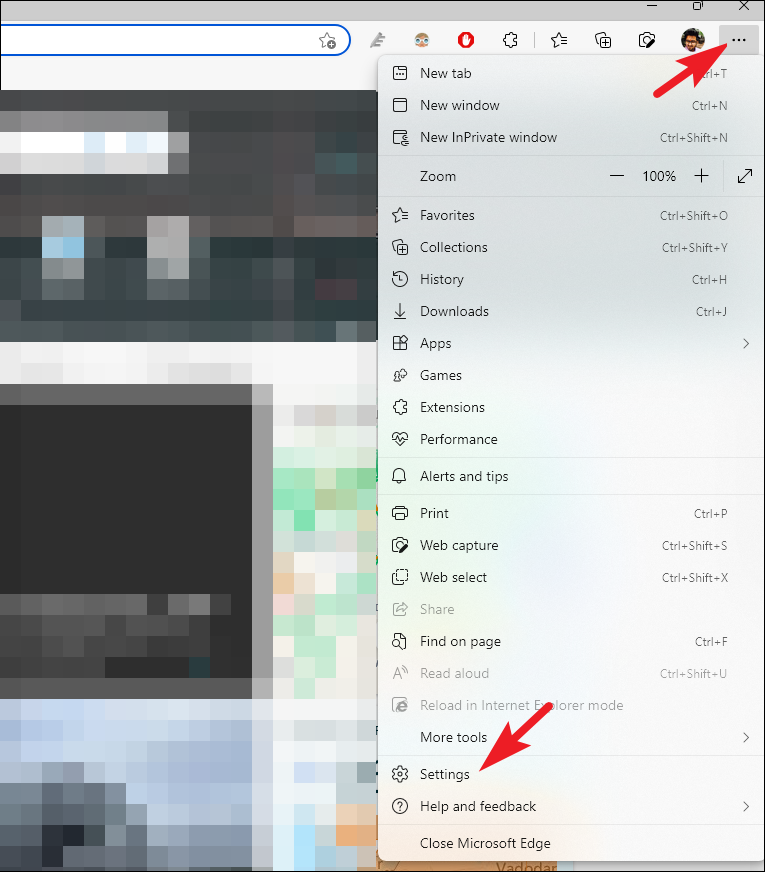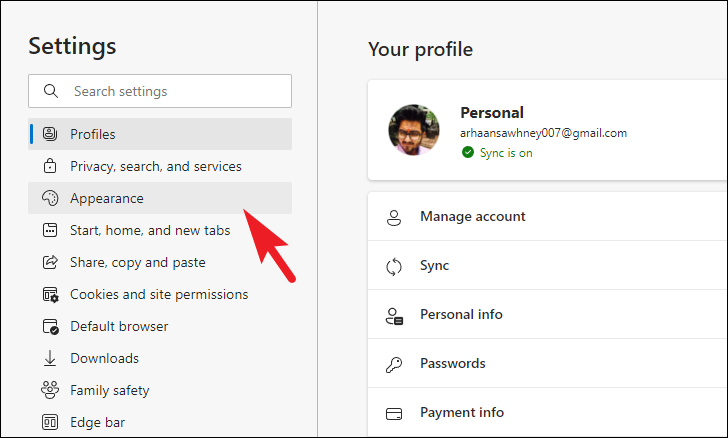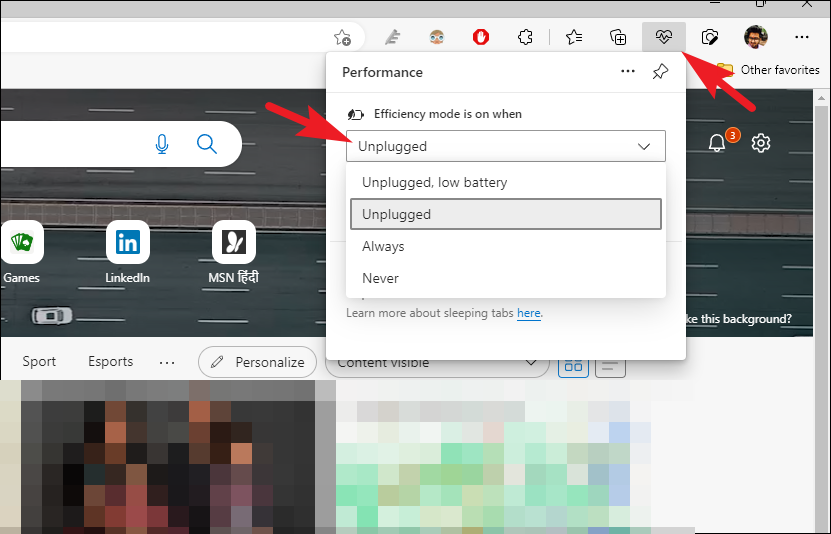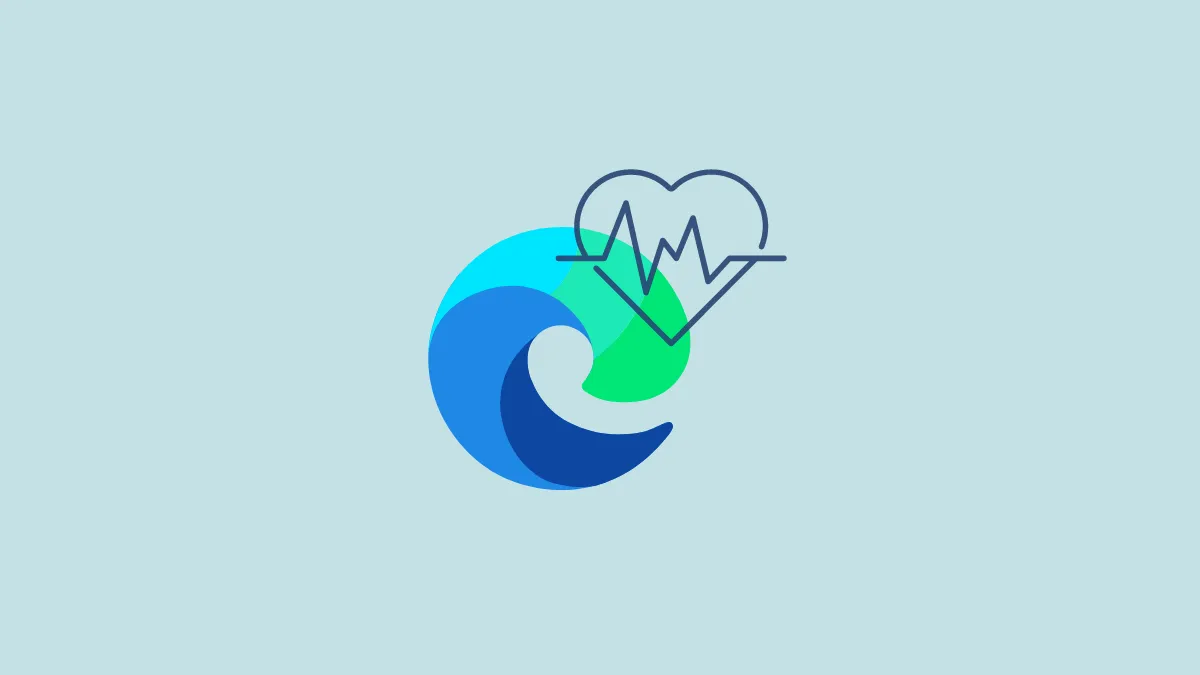Mostly everything we need to do these days involves the internet in one or the other. And our browser is the intermediary between us and the internet. It only makes sense that our browser provides the most optimal performance. Microsoft Edge does that.
With the Efficiency Mode, Edge goes above and beyond to make sure it never slows you down. If you are someone who tends to open a million tabs when browsing the Internet, the efficiency mode will help reduce the strain on your system and even save the battery life of your device.
What is Efficiency mode in Microsoft Edge?
Efficiency mode limits the CPU and RAM usage of the browser to free up resources for other programs along with reducing the battery drain caused by it. It is specially designed to extend the battery life of your device by minimizing power consumption. It achieves so by putting inactive tabs to sleep after 5 minutes or less when it’s active regardless of your ‘Sleeping tabs’ setting in the browser.
That is even if you have inactive tabs set to sleep after 2 hours of inactivity, when the Efficiency mode is on, it’ll put those tabs to sleep after 5 minutes or less. The efficiency mode can prove really helpful if you are running low on battery or if your device is not able to handle the load of many browser tabs simultaneously.
Although the efficiency mode is the most advantageous for laptops as it helps to preserve battery life, you can also use it on a desktop. Since it also minimizes the usage of resources like CPU and RAM by the browser, your resources will be able to focus on running other apps.
Turn on Efficiency Mode Automatically
The default configuration of the efficiency mode is to activate when the Battery Saver Mode becomes active on your system. But you can easily change these settings. Toggling the efficiency mode is quick and easily accessible from the Edge settings tab.
Open the Microsoft Edge browser on your computer. Then, click on the ‘ellipsis’ (three horizontal dots) icon and select the ‘Settings’ option. This will open the Settings in a separate tab.

Then, click on the ‘System and Performance’ tab from the left sidebar to proceed.

After that, click on the drop-down menu following the ‘Turn on efficiency mode when’ option and select when you wish to automatically turn on the mode. You can choose to turn it on when your device is ‘Unplugged and has low battery’ or just when it has ‘low battery’. Otherwise, you can also choose to keep it enabled till you disable it manually by choosing the ‘Always’ option. Select ‘Never’ from the drop-down menu to disable the efficiency mode.

The efficiency mode will automatically turn off when the chosen conditions are not met, i.e., if you chose to turn it on when your device has a low battery, the mode will switch back to normal when the device has sufficient battery.
Quickly Toggle Efficiency Mode from the Toolbar
In case you do not wish to set an automatic trigger for the mode to turn on itself, you can simply add the toggle for it in the toolbar and enable it according to your preference.
First, click on the ‘ellipsis’ icon (three horizontal dots) and then click on the ‘Settings’ option to proceed.

Then, from the Settings tab, click on the ‘Appearance’ option from the left sidebar to proceed.

Then, from the right section of the window, click on the toggle following the ‘Performance button’ option to turn it on.

You will now be able to see the ‘Performance button’ on the toolbar. You can click on it and toggle the efficiency mode manually whenever you wish to do so.

There you go, folks. Next time you are running out of juice on your device or you need that performance boost from the edge, you know what to do.


